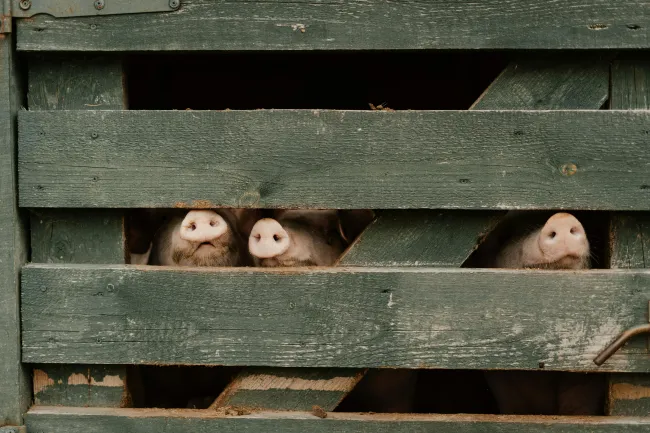This study used data from 166 countries to model the environmental, climate and economic impacts of pig and chicken whole-chain intensification – the process of enhancing productivity and efficiency across every stage of the production chain. It found this could reduce annual nitrogen and greenhouse gas emissions by 49% and 68%, respectively.

Abstract
Intensified monogastric livestock management could conserve feed inputs and mitigate some of the environmental and climate challenges associated with animal production. In this study, we used data from 166 countries to model the environmental, climate and economic impacts of pig and chicken intensification. We found that whole-chain intensification could reduce annual nitrogen and greenhouse gas emissions by 49% (4.6 Tg) and 68% (554 Tg CO2-equivalent), respectively. These changes translate to 5.0 Tg lower nitrogen fertilizer input for feed production, resulting in an overall benefit of US$93 billion. Integrated crop–livestock optimization under intensive management could release 27 Mha of cropland and provide additional food for 310 million people. A judicious promotion of intensification could alleviate global pressures related to food security, environment and climate change.
Reference
Cheng, L., Zhang, X., Wang, C. et al. Whole-chain intensification of pig and chicken farming could lower emissions with economic and food production benefits. Nat Food (2024). https://doi.org/10.1038/s43016-024-01067-x
Read more here. See also the TABLE explainer, Meat: The Four Futures




Comments (0)